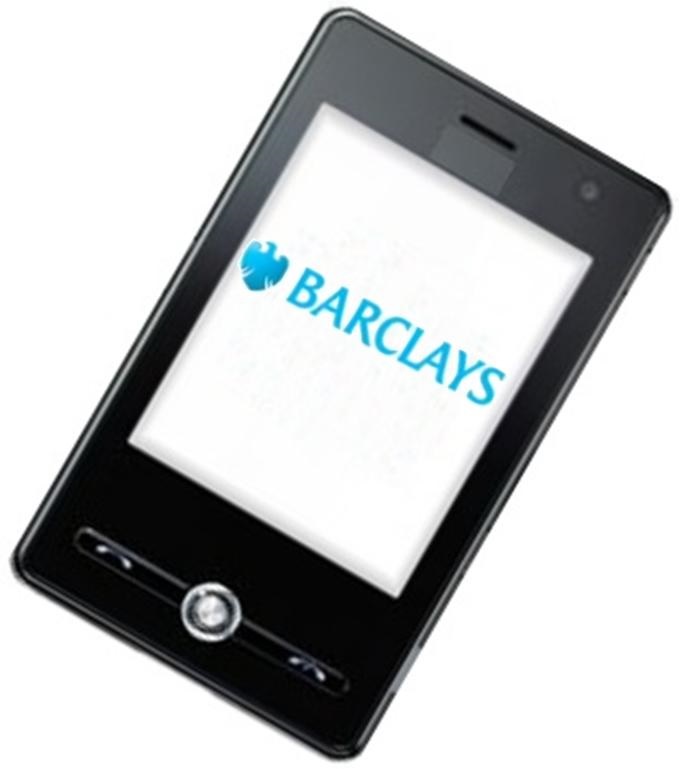The operator from the United Kingdom has announced the start of fares paid through smartphone transactions.
In the United Kingdom, a regional bus operator has now announced that it will be accepting mobile payments to let riders pay for their fares using the Barclay’s Pingit app, using their smartphones.
The bus company, First West Yorkshire, is among the first in the country to enable Pingit fares.
First West Yorkshire, has made an announcement that has revealed that it will be beginning the use of the mobile payments service in order to provide riders with an additional transaction method. The service that they have chosen is Pingit, the app that was initially introduced by Barclays back in 2012. The transportation industries in the United Kingdom have not yet broadly adopted smartphone based payments, making this local operator among the first to take that first step into this sphere.
The choice to use mobile payments was meant to be a reflection of the company’s intention to keep up with what consumers want.
 According to the First West Yorkshire managing director, Paul Matthews, “Our partnership with Barclays puts First at the forefront of bus ticketing technology and reflects our commitment to grasp ever more innovative ways to make bus travel better, easier and more convenient.”
According to the First West Yorkshire managing director, Paul Matthews, “Our partnership with Barclays puts First at the forefront of bus ticketing technology and reflects our commitment to grasp ever more innovative ways to make bus travel better, easier and more convenient.”
Though this bus operator is among the first in the U.K. transportation industry to make this move into appealing to consumers with mobile devices, the rest of the world has been catching on at an increasing rate. Some have predicted that this will be an important trend in areas such as travel and in public transportation. Mobile check-ins, for instance, are becoming increasingly commonplace among airlines in airports.
Some cities around the world have also been piloting programs that have been testing the use of smartphone based ticketing for their bus and subway systems. Among the key challenges has been choosing technology that would be compatible with the largest number of mobile devices as there has yet to be a standard within the very young smartphone based transaction industry.
From First West Yorkshire’s point of view, the mobile payments ticketing service has been chosen to give riders a quick, easy, and convenient way to use their smartphones to purchase and store their fares.
The results of recent research show that a notable percentage of smartphone users use the device to conduct financial transactions.
A recent survey conducted by a financial analytics firm called RateWatch has shown that while a very small percentage of bank customers consider mobile banking to be their main option, accessing an account via smartphone is highly popular nonetheless.
Among the survey participants, 62 percent considered their primary option to be banking in person at the branch.
The 4th Annual Mobile Banking Survey revealed that while people may not think of their mobile devices as their main method of banking, there is still a considerable number of them who actually use those devices for that purpose. Bain & Co., a global management consultancy, conducted a survey that showed that 35 percent of customers worldwide were using their smartphones in order to complete certain bank transactions. That research involved the responses from approximately 83,000 bank account owners.
The popularity of mobile banking is reflected in the changes that many banks are making to cater to the devices.
 Chase Bank, for example, was one of the early entrants into the world of apps and services over mobile devices. This financial institution not only created applications that could be used by customers in order to complete transactions with their bank, but it also advertised it quite heavily through various different kinds of ads. That bank currently has over 18 million mobile customers, according to the figures cited by Gavin Michael, the Chase Bank head of digital.
Chase Bank, for example, was one of the early entrants into the world of apps and services over mobile devices. This financial institution not only created applications that could be used by customers in order to complete transactions with their bank, but it also advertised it quite heavily through various different kinds of ads. That bank currently has over 18 million mobile customers, according to the figures cited by Gavin Michael, the Chase Bank head of digital.
Michael explained that the use of smartphones to complete these transactions is “redefining how we think about banking”. This same attitude appears to be shared by the entire banking industry, at the moment. The survey from RateWatch suggested that from 2011 to 2014, the percentage of banking institutions that started to offer services over mobile devices doubled from having been 41 percent to become 82 percent.
Mobile banking has faced a number of hurdles along the way – and continues to do so. At the same time that its convenience has made it increasingly popular among some consumers, there are many who are highly resistant to using it due to concerns with regards to the security of their devices and the safety of their private and sensitive data.
 According to the First West Yorkshire managing director, Paul Matthews, “Our partnership with Barclays puts First at the forefront of bus ticketing technology and reflects our commitment to grasp ever more innovative ways to make bus travel better, easier and more convenient.”
According to the First West Yorkshire managing director, Paul Matthews, “Our partnership with Barclays puts First at the forefront of bus ticketing technology and reflects our commitment to grasp ever more innovative ways to make bus travel better, easier and more convenient.”
 Chase Bank, for example, was one of the early entrants into the world of
Chase Bank, for example, was one of the early entrants into the world of 